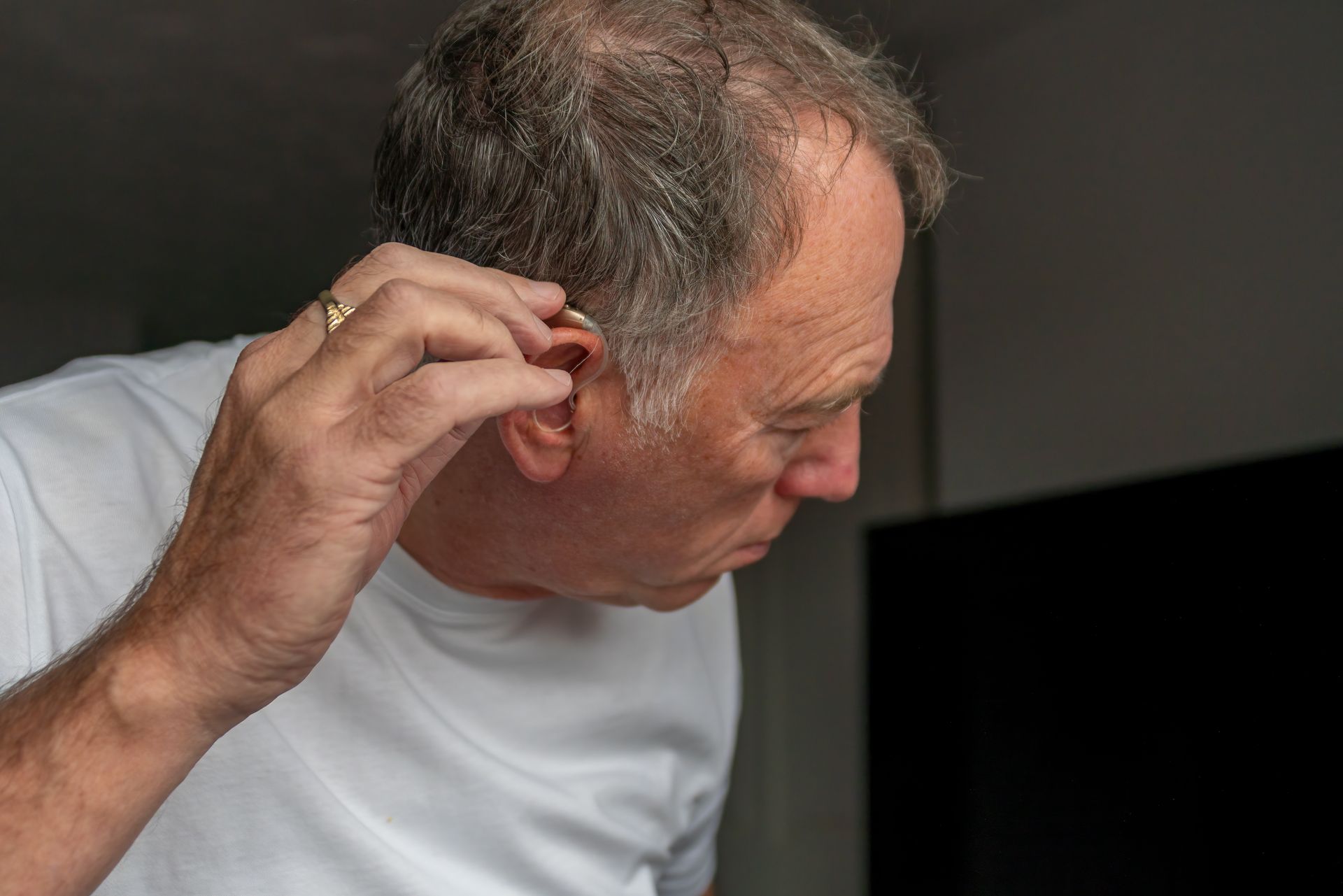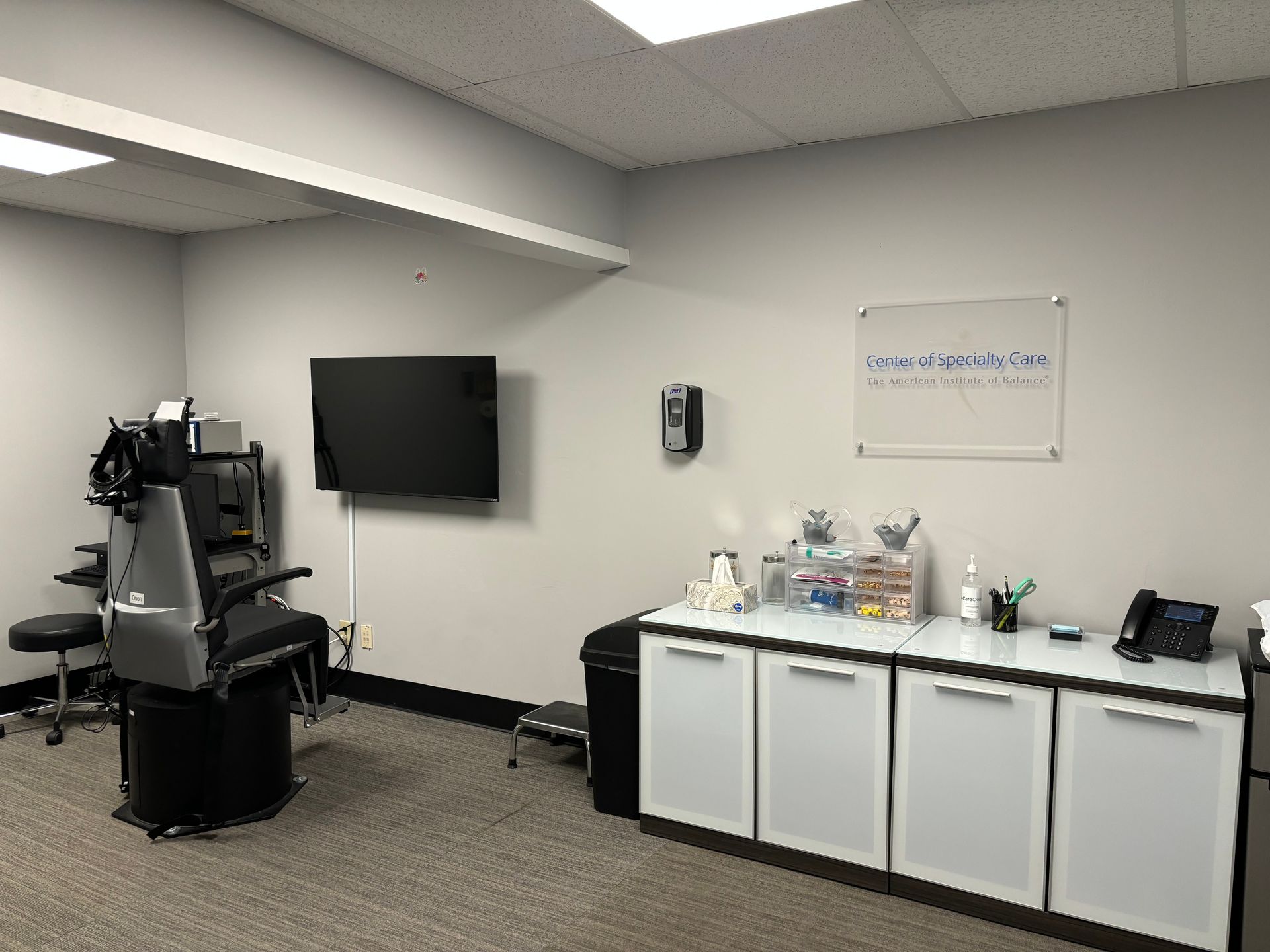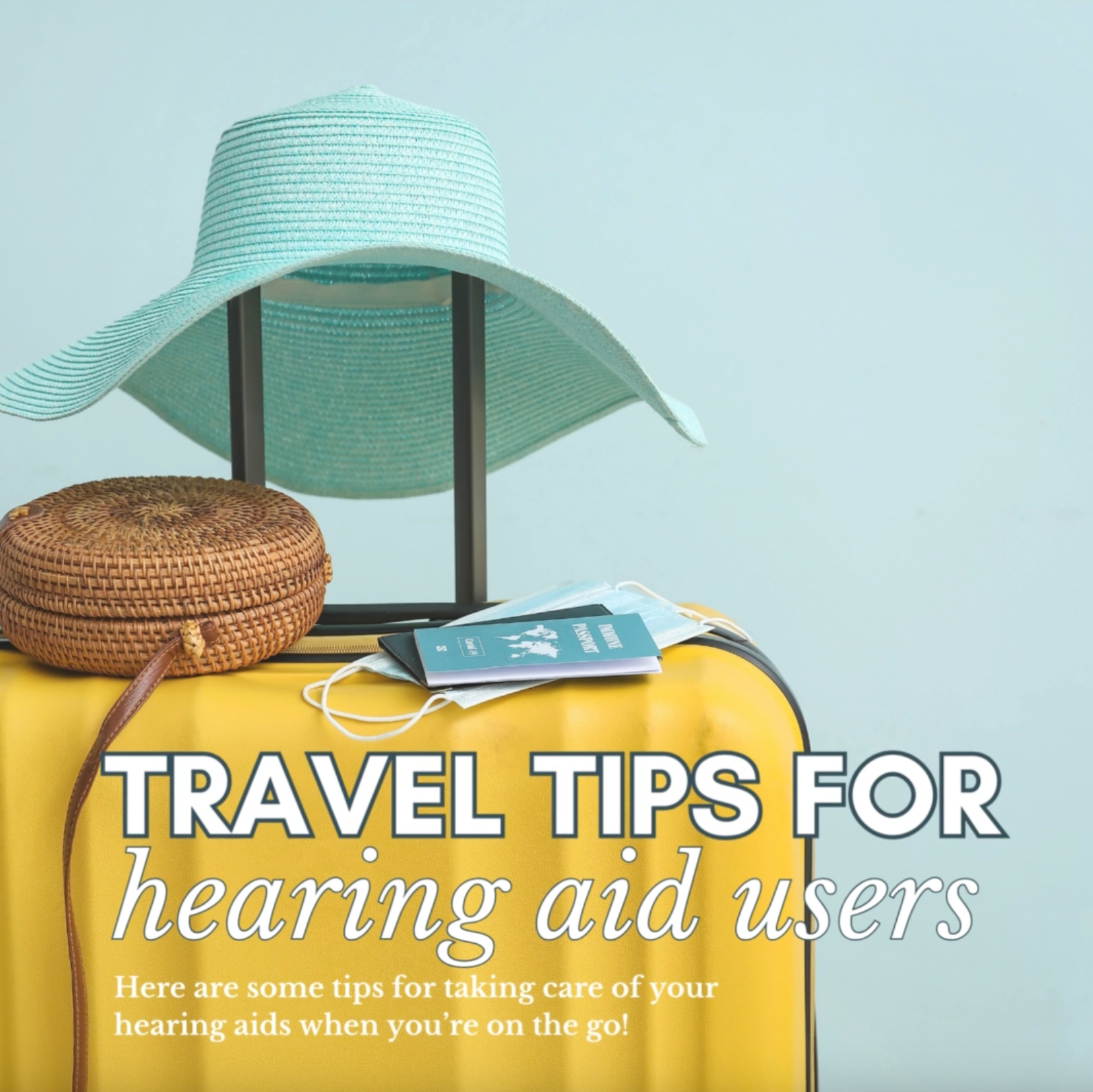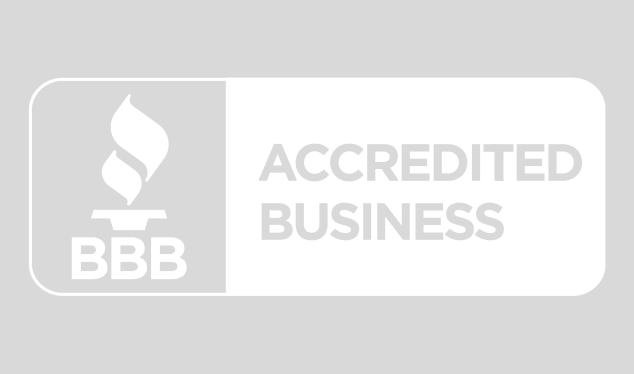March 2022: World Hearing Day
“To hear for life, listen with care.”
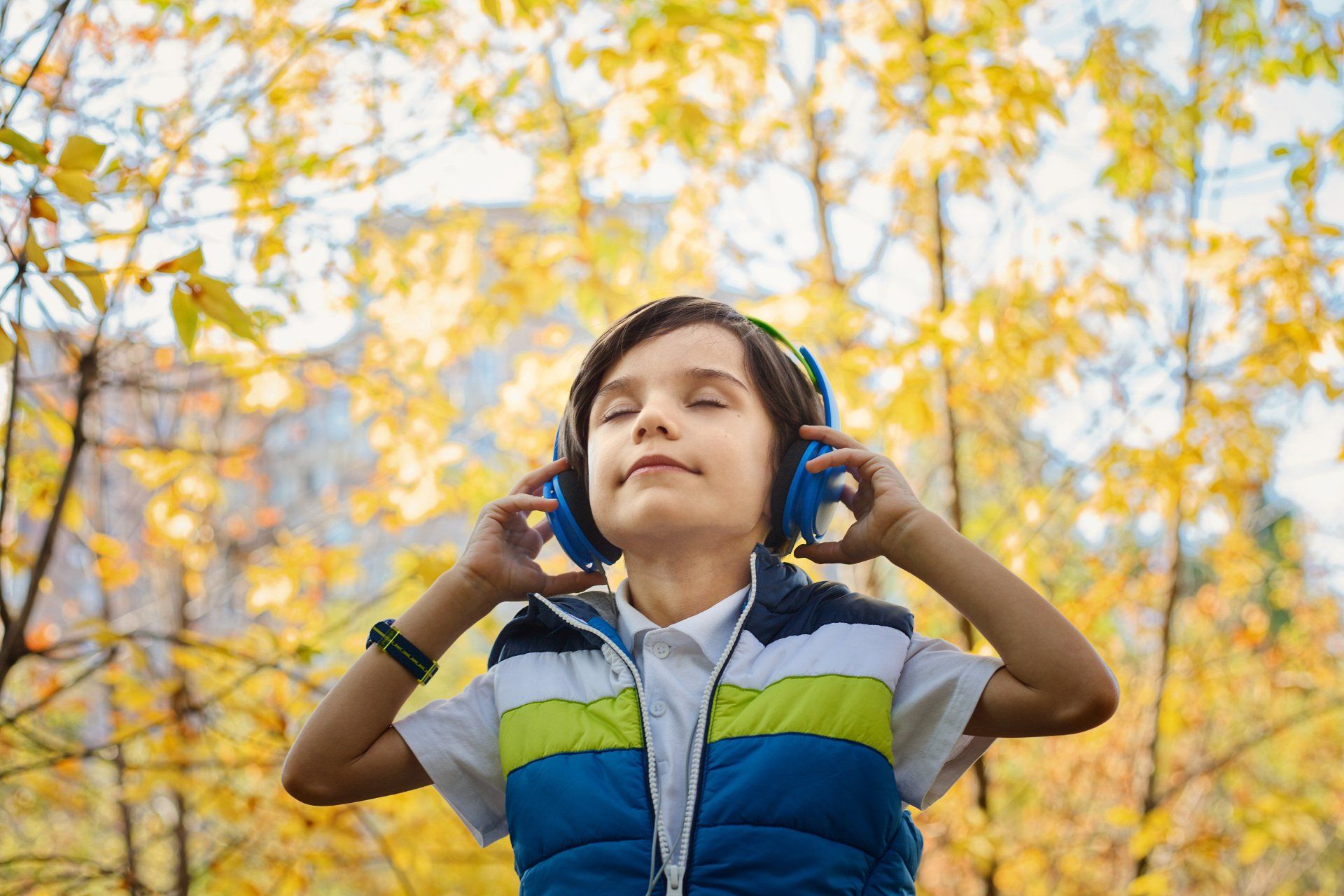
March 3 was World Hearing Day! I meant to have this blog posted that day, but other things got in the way. However, I decided to post it late because this blog is all about educating the public of all the services Audiologists can provide. One of these services is education and supply of custom and non-custom hearing protection devices. We also take impressions that patients can send to manufacturers themselves for custom devices for all sorts of activities.
With over a billion young people at risk of avoidable hearing loss due to recreational sounds, the focus of this year will be on hearing loss prevention through safe listening.
The key messages of this year’s focus are:
- It is possible to have good hearing across the life course through ear and hearing care.
- Many common causes of hearing loss can be prevented, including that which is caused by exposure to loud sounds.
- Practicing safe listening can mitigate the risk of hearing loss associated with recreational sound exposure.
In 2021, WHO released the World Report on Hearing, highlighting the increasing number of people living with and at risk of hearing loss. The report highlighted noise control as one of the seven key H.E.A.R.I.N.G interventions and stressed the importance of mitigating exposure to loud sounds. The WHO is calling upon governments, industry partners and civil society to raise awareness for and implement evidence-based standards that promote safe listening.
In the last thirteen years as a practicing Audiologist, here is what I have learned from my patients. I have seen more cases than I would like to admit, where irreversible damage has occurred due to exposure to loud sounds without the use hearing protection. Many of these cases involve firearms. Not only does the noise exposure cause permanent hearing loss, but it has also caused tinnitus, hyperacusis, and chronic pressure/fullness in the ears in some cases.
More frequent noise exposures for longer periods of time can cause a slower degradation of a person’s hearing if appropriate hearing protection is not used. This can also lead to tinnitus and other issues with the auditory system. Research has shown blast exposures that cause traumatic brain injury have been linked to auditory issues including hearing loss, central auditory processing disorders, vestibular impairment, and tinnitus.
I counsel my patients daily on the importance of protecting our hearing from noise. There are many over the counter products that work well if used properly. However, the most important feature of any type of hearing protection is the fit. If the device does not fit a person’s ear properly, it will not provide the amount of noise reduction that may be listed on the product. I often hear people complain about the fit of these over-the-counter products and how uncomfortable they become after extended periods of use.
TYPES OF HEARING PROTECTION DEVICES WE OFFER (CUSTOM & NON-CUSTOM):
- Industrial Hearing Protection
- Firearm Protection (for all types of shooting/hunting activities)
- Motorsport Protection
- Sleep Plugs
- Musician’s Plugs (various types for musicians or avid concert attendees)
- Musician’s In-the-Ear Monitors
- Swim Plugs (not protecting our hearing from noise, but protecting it from exposure to water)
- AirPod/Earbud Molds (making earbuds more secure and comfortable)
- Pilot Molds
This list may not include every single option we have access to, so if you need a particular type of device, please call the office and let us know.
If you need to use hearing protection frequently due to occupational or recreational activities, call our office today to discuss the best options for you.
